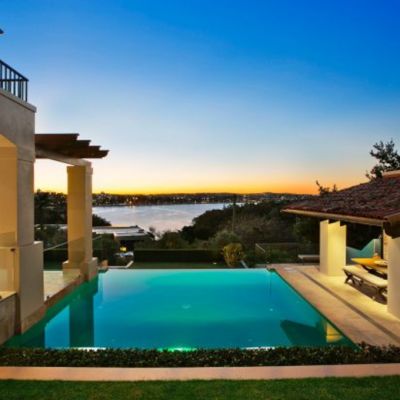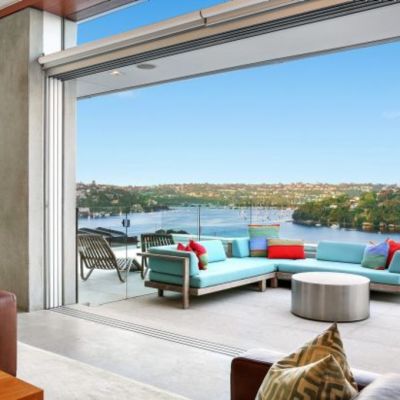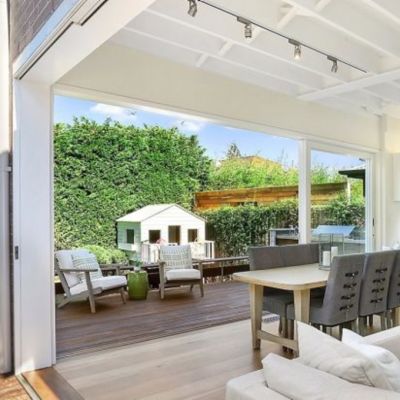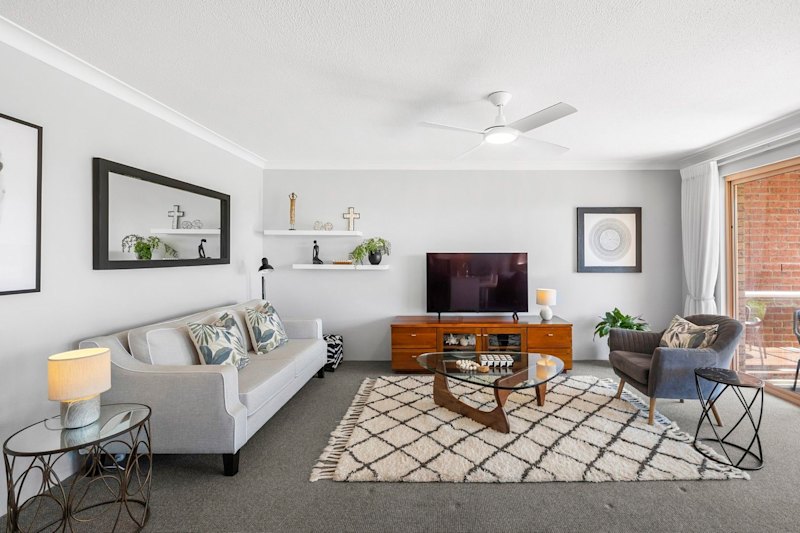How to find and future-proof your perfect family home
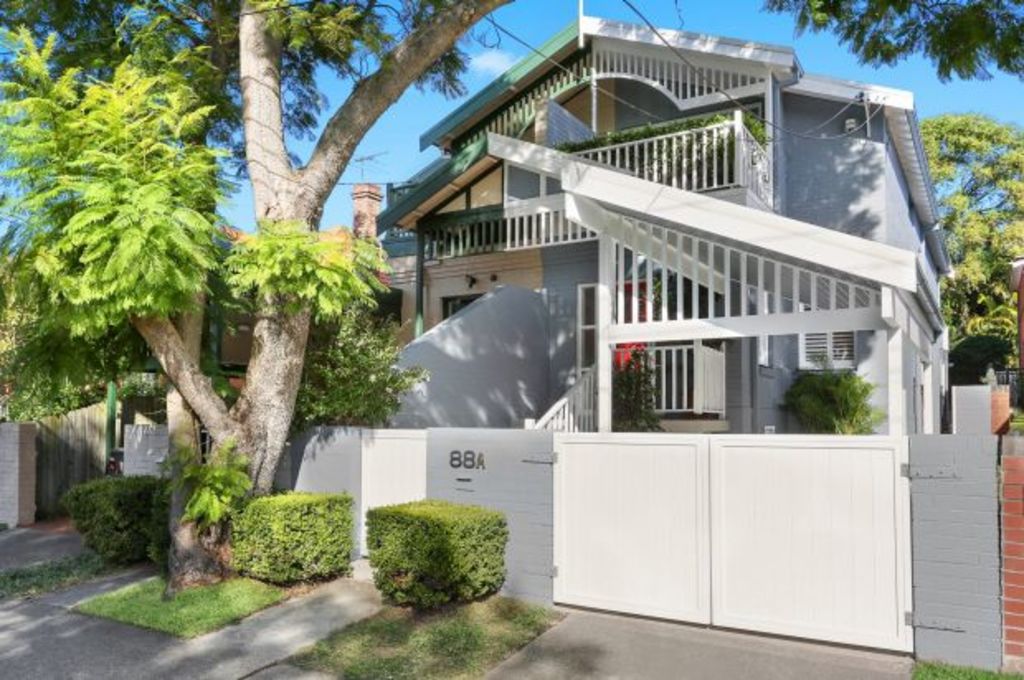
It’s the holy grail of real estate: the perfect family home. But does such a dwelling exist? And if it does, what does it look like?
“There’s no such thing as the perfect family home because families come in all shapes and sizes and the needs of families with young children will differ from those with older children,” says Piers van Hamburg, director of McGrath Neutral Bay.
Principal architect of All Australian Architecture, Adam Pressley, agrees it’s difficult to design a house that will cater for all ages.
“When children are young you want them close by and when they’re older you want them further away,” he says. “So you’ve got to plan for now and for the future.”
The must-have list will also vary according to your budget and the Sydney region you plan to call home.
Building designer Martin Kolarik specialises in family homes on the upper north shore, where block sizes are relatively large. He says the standard brief presented by his clients calls for four bedrooms, 2.5 bathrooms, a study, two living areas, a kitchen with breakfast bar and walk-in pantry, a separate laundry and an entertaining area in the back garden.
For Kolarik, the key trend for today’s families is the flexible second living area that can moonlight as a media room, party space or rumpus.
“Most of my clients are looking at a 20-year time-frame,” says Kolarik. “So the kids might be two or three when they build, but they’ll be in their 20s by the time they leave so they need that second living space to be versatile enough to be multi-purpose.”
McGrath Edgecliff agent Bethwyn Richards says it helps to have good separation between the living areas to support concurrent, multi-generational use.
Pressley works across the northern beaches, north shore and eastern suburbs and says along with the essential second living room, three more key trends have emerged in recent years.
The first is the butler’s pantry. Once only found in high-end homes where a butler might actually be employed, this secondary kitchen space has solved the issue of visual clutter in our open-plan kitchens.
The second is self-contained accommodation.
“Nearly all of my clients are asking for secondary accommodation,” says Pressley. “It can either be used as a guest suite, a granny flat, for rental or for live-in help.”
The third trend is upgraded garaging, with families now demanding from two to six car spaces.
“Garaging is highly sought-after,” says Pressley. “Not just for cars but for storage.”
For young families, Richards also places high value on usable outdoor spaces connected to the main living room and kitchen.
And when the kids aren’t outside, chances are they’ll be hunched over a device. With our ever-increasing reliance on technology, Pressley says families should incorporate a “kiosk” in the living room.
“The idea of going away to a separate room to study or use the computer is pretty old-fashioned,” he says. “By having a communal study niche you can keep an eye on what the kids are doing.”
Kolarik says a good Wi-Fi system will solve connection woes and enable family members to be online wherever in the house they might be.
To see more of the featured property in this article – 88a Awaba Street – click here.
Download the Domain App to search for family-sized homes in your area.
We recommend
We thought you might like
States
Capital Cities
Capital Cities - Rentals
Popular Areas
Allhomes
More
